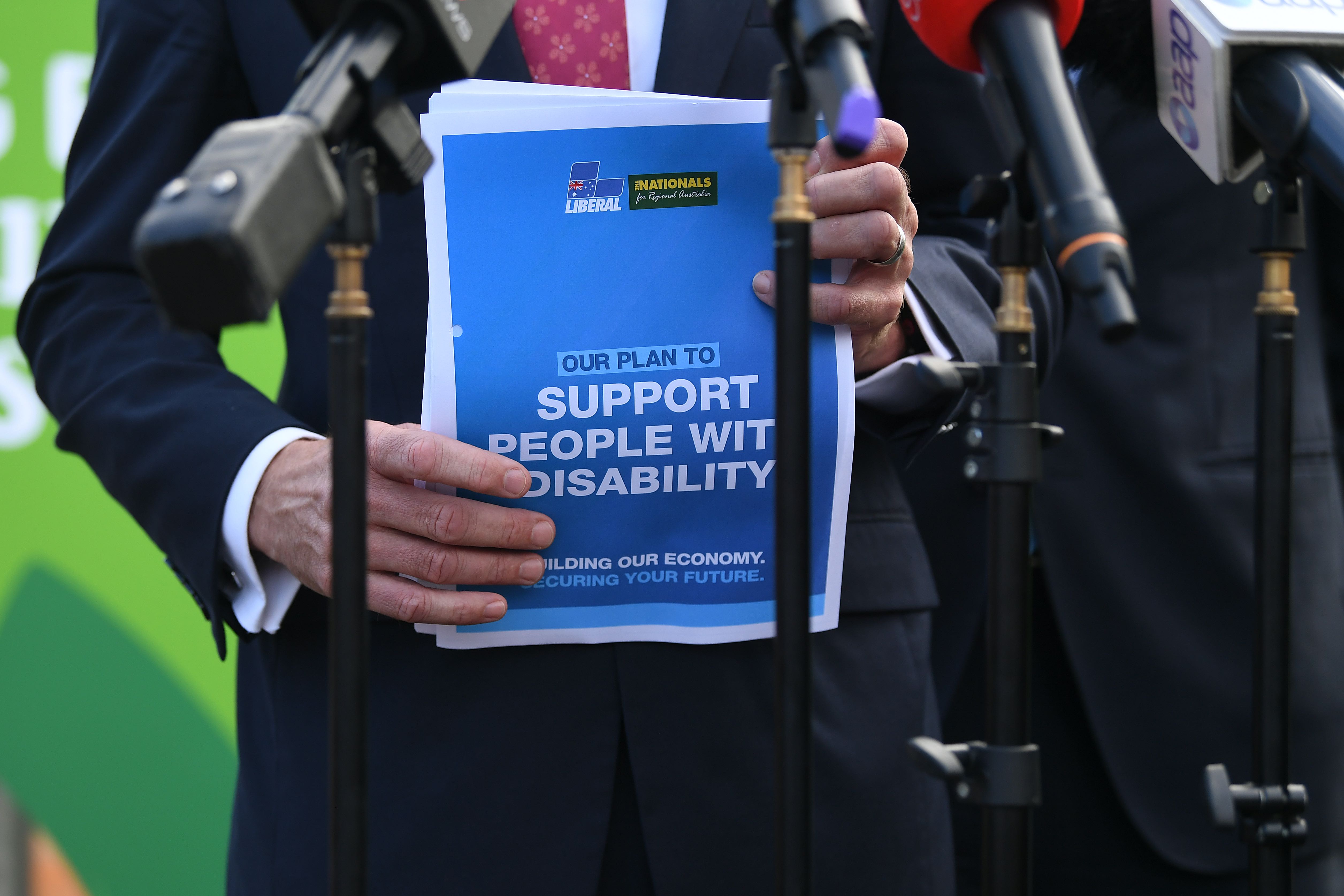
Health & Medicine
Is life getting better for people with disabilities?

While government policy for Australians with disabilities aims to offer choice and control, there are very real barriers that need to be addressed to turn that into a reality
Published 1 December 2019
Australians with disability are less likely to be in paid work relative to other Australians. They are also more likely to be over-educated for their jobs, have lower earnings and poorer job satisfaction.
Of the 2.1 million working age Australians with disabilities, only 47 per cent are employed. This is quite a significant stand-alone figure, but compared with the 80 per cent rate for the rest of the population, the gap becomes quite stark.

And some government policy is attempting to address this issue.
One of the aims of the National Disability Insurance Scheme (NDIS) is to help people with disabilities find and maintain work.
While the Disability Employment Services (DES) program, the Federal government’s program for people whose disability, injury or health condition, is assessed as the main barrier for them to get and maintain a job.

Health & Medicine
Is life getting better for people with disabilities?
Our research investigated the reality of these policies – where they are proving effective and where gaps still remain. Our findings aim to enable people with disability to gain sustainable and meaningful employment, and ensure that they aren’t ousted from the labour market too easily and too early.
Importantly, it also aims to contribute to new government policies for employment services, jobseekers and workplaces.
But what we found is that although the focus is on enabling choice and control for people with a disability, the reality can be quite different.
The NDIS is working to help people with disabilities to be the central decision-makers in their lives. Funding is provided to people with disability, who can then choose how best to use those funds on the supports and services that will help them to meet their needs and goals.

Our study looked at the employment services sector in order to understand how much choice and control is really available to people with disabilities when it comes to their engagement with employment services and the labour market.
But to understand this, it’s important to look at context.
Like the NDIS, the DES program has changed over the years.

Health & Medicine
Why all jobs aren’t equal for people with disabilities
What began as a publicly funded and delivered service became a mix of state and non-state funded services, then shifted to the current quasi-market of for-profit and non-profit businesses.
The reforms of the DES in 2018 moved the system away from government agency Centrelink referring a market share of participants to each DES provider, to a system where people have the ability to choose which provider they access and change if they aren’t happy.
The idea of this marketisation of government-funded services is intended to prompt providers to be more responsive to consumers in order to improve employment outcomes for people with disabilities.
But this is based on the idea that individuals have equal capabilities to exercise choice and control.

A person’s capability to exercise choice and control is multifaceted, influenced by age, socio-economic status, as well as the extent to which an individual’s decision-making capabilities have been nurtured.
Choice and control within DES is further complicated by the fact that many people engage with employment services on a compulsory basis – it’s actually a requisite for receiving income support.
Increasing compliance measures also mean that participants are now at risk of losing their income support if they are deemed non-compliant.

Politics & Society
No policy without leadership
This is complicated by the fact that barriers to employment are equally complex for DES participants – there’s the limited availability of jobs, inaccessibility of transport and work environments, and disability-related discrimination.
Many of these are structural barriers that are generally beyond the scope of DES providers to address.
So, will these reforms, which are designed to enhance consumer choice, have the desired effect? That is, stimulating employment services to more effectively support people with disabilities to find and maintain work.
We explored this as part of the Improving Disability Employment Study (IDES) which aims to improve sustainable employment outcomes for people with disabilities.

But we were particularly interested in those DES participants with psychosocial disability – that is a disability related to mental illness. This group experience poorer employment outcomes when compared to people with other types of disability.
We found adverse life circumstances like family breakdown, disrupted education, homelessness, financial hardship and trauma are often intertwined to influence mental health, undermining their capabilities for choice and control, as well as the ability to find and keep work.
For those that were working in a job they enjoyed, there was a definite positive impact on their mental health. But, for many, any job was hard to find.

Politics & Society
Fighting for the rights of Australians with disability
While a small number of people in the study actively chose to stay with their provider, none changed despite growing dissatisfaction with the service they received, which in some cases was recognised as compounding their poor mental health.
The reasons for not seeking another provider includes a lack of information about their rights – the fact that they could change their provider was unknown to them, let alone how to go about it.
We found that there was also a perception that all providers were inherently the same and, as a result, unable to address the underlying barriers to employment.
Also, there was a very real fear of having to re-tell their often-traumatic life stories to a new provider.

Our study found that effective choice and control within marketisation of government-funded employment programs for people with disabilities, relies on the effectiveness of the broader context of policies, programs and environments.
But structural barriers to employment also need to be tackled.
Disability-related discrimination, poorer working conditions, and the limited number of jobs that fit the skills and goals of people with disabilities wanting (and mutually obligated) to find and maintain meaningful employment, remain an issue.
Until this is achieved, the role of choice and control in improving how Australians with disabilities get into sustainable and meaningful employment will be significantly limited.
Banner: AAP